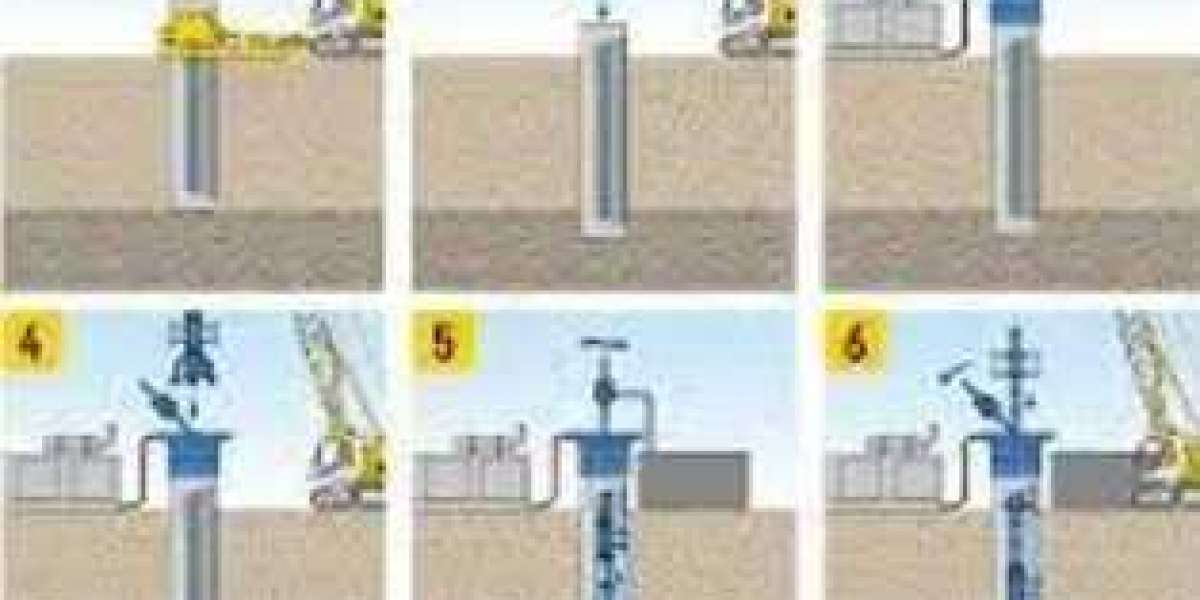What are the advantages of polycrystalline solar cells?
Polycrystalline solar cells, also known as polycrystalline solar cells, offer several advantages that make them a popular choice for harnessing solar energy.Here are some of the main advantages:
1. Cost Effectiveness: One of the main advantages of polycrystalline solar cells is their cost effectiveness.Compared with monocrystalline solar cells, polycrystalline solar cells have lower production costs due to simpler manufacturing processes.
2. High durability: Polycrystalline solar panels are extremely durable and can withstand harsh weather conditions such as extreme temperatures and heavy snow.Its rugged construction ensures longevity and reliability in a variety of environments.
3. Good performance in low light conditions: Another advantage is that polycrystalline solar cells perform well even in low light conditions.This means they can effectively generate electricity in cloudy or shaded areas, making them suitable for areas with less sunlight.
4. Less sensitive to heat: Unlike monocrystalline solar cells, which tend to lose efficiency at high temperatures, polycrystalline solar cells have better thermal stability and maintain higher performance levels in hot climates.
5. Environmentally friendly manufacturing process: The production of polysilicon involves less waste than other types of photovoltaic technologies such as thin-film panels.This makes them more environmentally friendly during the manufacturing phase.
How polycrystalline solar cells work?
How polycrystalline solar cells work?Polycrystalline solar cells, also known as polycrystalline solar cells, are a photovoltaic technology that converts sunlight into electricity.Unlike monocrystalline solar cells, which are composed of a single crystal structure, polycrystalline solar cells are composed of multiple smaller crystals.
When sunlight strikes the surface of a polycrystalline solar cell, it is absorbed by the semiconductor material within the cell.This material is usually made of silicon, which has the property of producing an electric current when exposed to light.
Absorbed sunlight creates electron-hole pairs in semiconductor materials.The electrons are then able to move freely within the crystal and generate an electric current.This current is collected by metal contacts on the top and bottom sides of the battery and can be connected to an external circuit for use.
Polycrystalline solar cells are less efficient than monocrystalline solar cells because their polycrystalline structure results in more grain boundaries where energy loss occurs.However, over time, advances in manufacturing technology improved its efficiency.
In summary, polycrystalline solar cells offer a cost-effective option for harnessing renewable energy from sunlight.While they may not be as efficient as their monocrystalline silicon counterparts, ongoing research and development continues to improve their performance and make them increasingly competitive in the global market for clean energy solutions.
Polycrystalline Solar Cell https://www.jssolar.com/9/38
https://www.jssolar.com/news/polycrystalline_solar_cell_advantages.html








